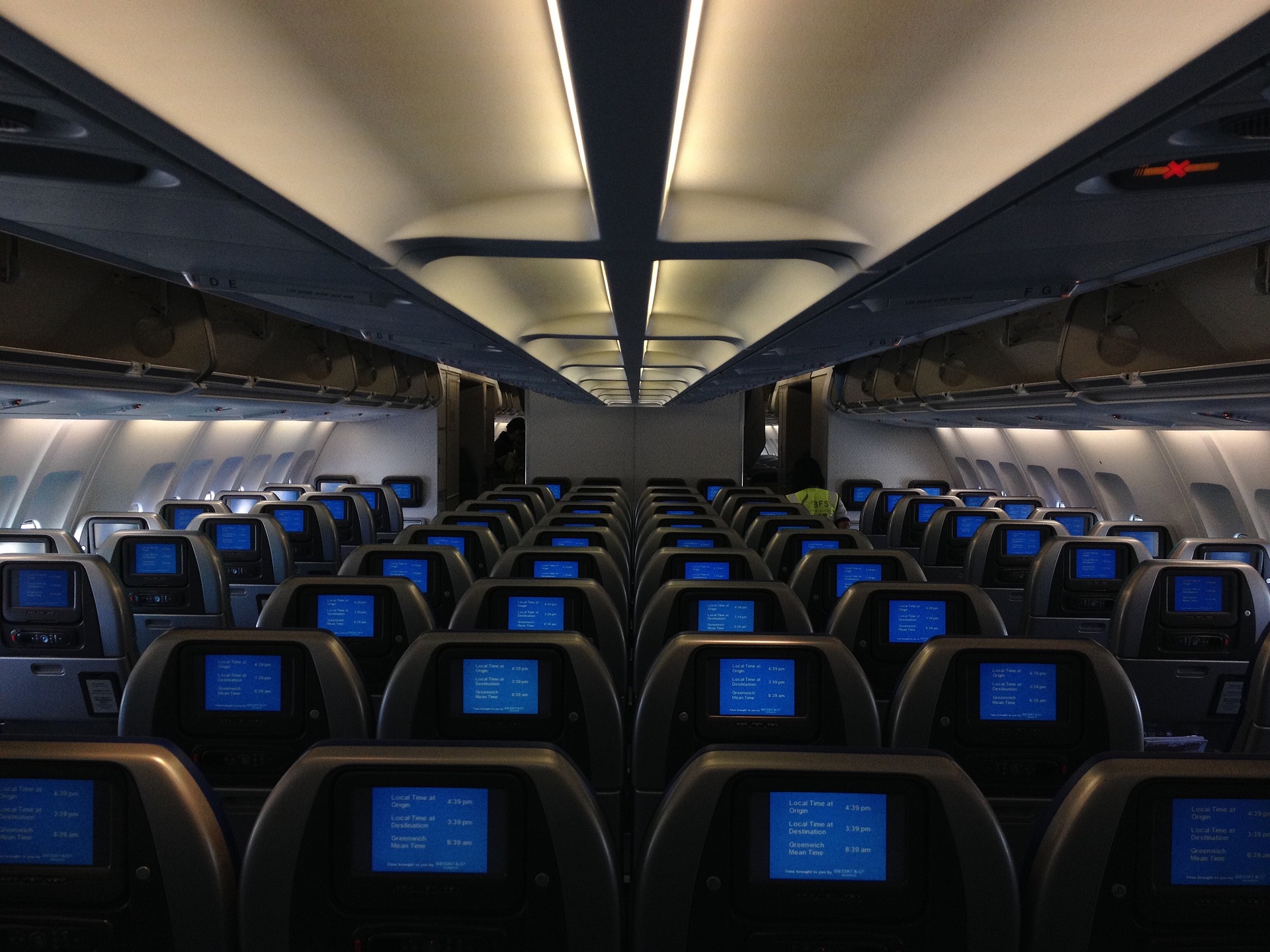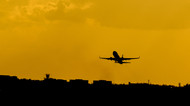How Aircraft Pressurization Works
By on Jan 15th 2018
In order for planes to fly safely and efficiently, they must go high into the sky; after all, they are airplanes. However, being 30,000-40,000 feet in the air isn't the best scenario for the people in the plane due to thinner air. Compensating for the difference in pressure from sea level to the sky through cabin pressurization is necessary.
Here's everything you need to know about how cabin pressure works and why you need it.
Under Pressure

When you're at sea level (or above sea level if you live in the mountains), you're accustomed to a certain level of pressure. The air on the inside of your ear and the air on the outside of your ear is at equal pressure and you're able to hear well.
This equilibrium may have been thrown off when diving to the bottom of a swimming pool because of increased pressure and your eardrum being pushed in. The feeling in your ears occurs because the deeper you go, the more water you have pushed down on you and it also prevents you from hearing as well as you do on land. The same idea applies to flying, except in the opposite manner-pressure decreases the higher up you get from sea level.
Taking off in an airplane results in a rapid decrease of air pressure because you're quickly moving away from sea level. The pressure you feel on a plane is your eardrum being pushed outward, but still feels like your ears are blocked. The lack of pressure at a high altitude is also why planes are required to provide oxygen to every passenger, flight attendant, and pilot.
Before Standardized Cabin Pressure

Pressurized cabins and an oxygen supply were not always required. Before the standard was applied worldwide, fliers would have tanks with pressurized oxygen and inhale it through rubber tubes. They then converted to form-fitting face masks to deliver oxygen more efficiently.
In 1937, the U.S. Army Air Corps conducted research on a Lockheed Electra and it led to the first airplane built with a pressurized cabin-the Lockheed XC-35. Other plane modifications included a more adaptable fuselage, and smaller, but stronger, windows. The Air Corps earned the Collier Trophy for the most significant development of the year.
Why We Need Pressurized Aircraft
If planes were not pressurized at 30,000-40,000 feet in the air, people on board would experience something called hypoxia. This occurs when breathing is difficult and results in slower thinking, dimmed vision, decreased circulation, and it can severely hurt the heart and brain. Being at sea level makes it easier for us to breathe because the atmospheric pressure is at a moderate amount, 14.7 pounds per square inch, and allows oxygen to easily pass through the lungs into the blood.
Oxygen goes hand-in-hand with pressurization on aircraft. Federal Aviation Regulations require all aircraft be pressurized and that everyone on board has access to oxygen within 10 minutes if a pressurized cabin cannot be maintained. Planes begin to pressurize as soon as the wheels leave the ground and the change is mild as the plane climbs; the process reverses upon descent.
It is standard for oxygen to be pumped into an aircraft, but there's a common misconception that planes have this oxygen source because there isn't enough in a plane. This is not true. The same percentage of oxygen is available at a high altitude as is available at sea level, but there is less pressure, which means a lower amount of oxygen is taken in each time someone inhales.
Passengers feel the pressure, but you may be surprised to learn food does too.
Sources:
https://www.airspacemag.com/flight-today/how-things-work-cabin-pressure-2870604/
http://www.cnn.com/2011/TRAVEL/04/04/airplane.cabin.pressure/







